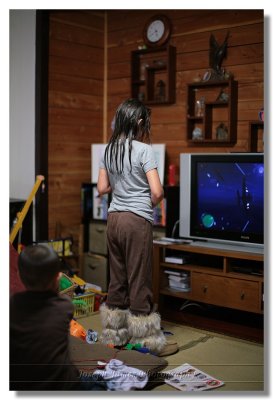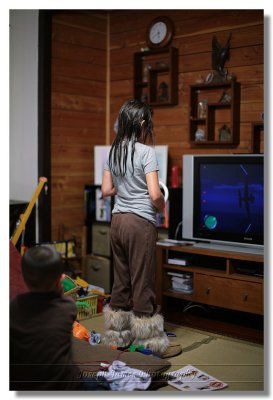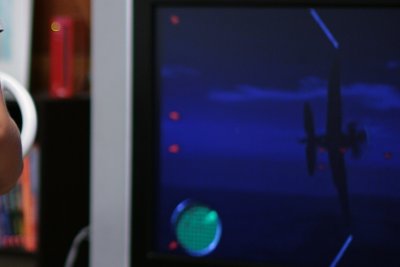





 |
 |
 |
 |
 |
 |
| joe | profile | all galleries >> Lens Tests / Galleries >> noise >> LTTR | tree view | thumbnails | slideshow |
| The usual way of using ETTR (Expose To The Right) is to use a lower shutter speed at base ISO, thus increasing the exposure, thus resulting in less noise, but at the possible expense of blown highlights (or more blown highlights, if highlights were already blown).
An alternative method of ETTR in a low light environment is to use LTTR -- "Lightness To The Right". That is, use a higher ISO than the camera meters for a given f-ratio and shutter speed, and pull the photo down the same number of stops in the conversion (using only full stops, since intermediate stops are often a digital push rather than an analog amplification). The logic of this is that, for cameras with ISO invariant sensors (sensors where the electronic noise lessens with increasing ISO settings), the higher ISO setting results in less electronic noise, but the analog gain applied by the higher ISO may, just like "true" ETTR, result in blown highlights (or more of the photo being blown, if highlights were already blown, due to the limited bit-depth of the file). The two photos below are an example of this technique. They were taken of the same scene with the same f-ratio and shutter speed, one at ISO 200, the other at ISO 400, with the ISO 400 photo pulled back down a stop in the RAW conversion to match the brightness of the ISO 200 pic. The processing applied to both photos was the same (aside from pulling the ISO 400 photo down a stop, obviously), and the 100% crops show the difference in noise between the two photos. Is this technique worthwhile? That's for you to decide. |
 Canon 5D + 50 / 1.2L @ f/1.2, 1/60, ISO 200 |
 Canon 5D + 50 / 1.2L @ f/1.2, 1/60, ISO 400 pulled down 1 stop in conversion |
 100% crop of ISO 200 pic |
 100% crop of ISO 400 pic |
| comment | share |